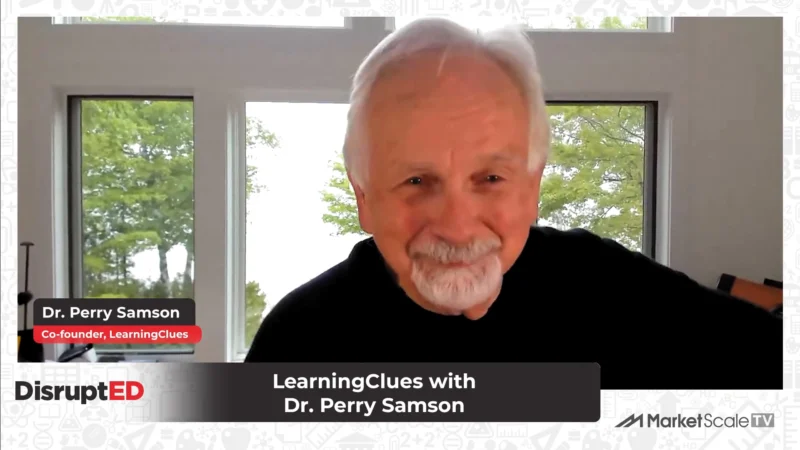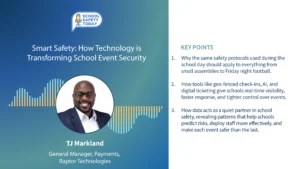New Tools for Student Creation
Nefertiti Dukes’ enthusiasm is contagious. As the Educator Growth Lead at Screencastify, a video creation and editing tool used by 12 million students, she encourages kids to use their screens, not just watch them. In this episode, she talks about how creation tools are more important than ever in a remote learning environment.
Prior to joining Screencastify, Nefertiti (Nef) taught middle school Civics and Language Arts and 11th grade African-American literature. In all of her roles thus far, she’s been concerned with how to ensure students find their voice and demonstrate their learning in ways that make sense for them. At Screencastify, she gets to help kids (and their teachers) find their voice through video.
Screencastify is used by millions of people around the world who need a better way to communicate. In the classroom, teachers have found dozens of creative, interactive ways to engage their students with Screencastify. In the business world, Screencastify has improved communication, productivity and efficiency for nearly every department. Beyond that, individuals have found more amazing ways to use Screencastify than we can even keep track of, from celebrity YouTubers to UFO chasers.
As reviewed on Common Sense Media: “The use of customizable video in the classroom has never been so simple. Screencastify makes screen recording easily accessible for teachers and kids alike. Whether using a flipped classroom model, giving students feedback, creating professional development modules, or giving students the freedom to create their own screen recordings, video can be a powerful educational tool that brings content to life. However, teachers will want to avoid using Screencastify as yet another lecture tool. Creating engaging videos requires more than a screen recorder and a face. Teachers and students will want to start the process with an outline and maybe even a script to ensure that they’re not filling their videos with filler words, awkward pauses, unclear or off-topic statements, or boring content. Teachers should take advantage of the opportunity to teach public speaking skills in a relevant context, perhaps using TED talks, famous speeches, or popular YouTube videos to study how orators engage audiences in their content.”









